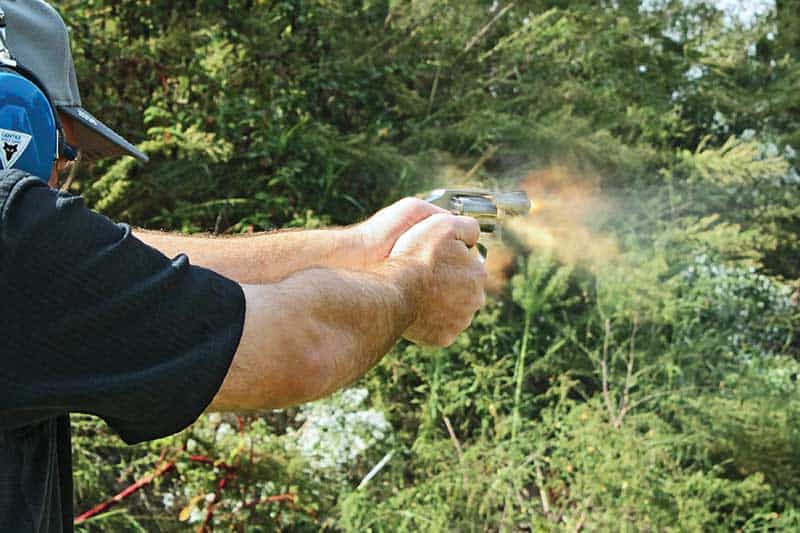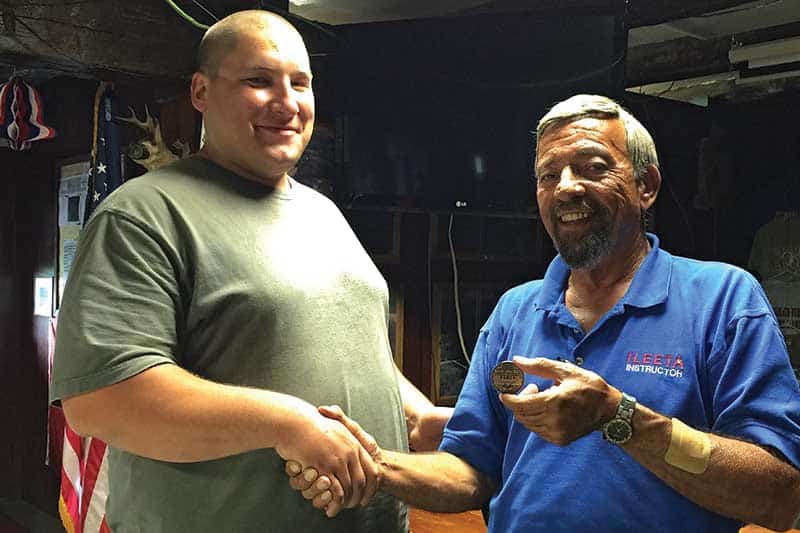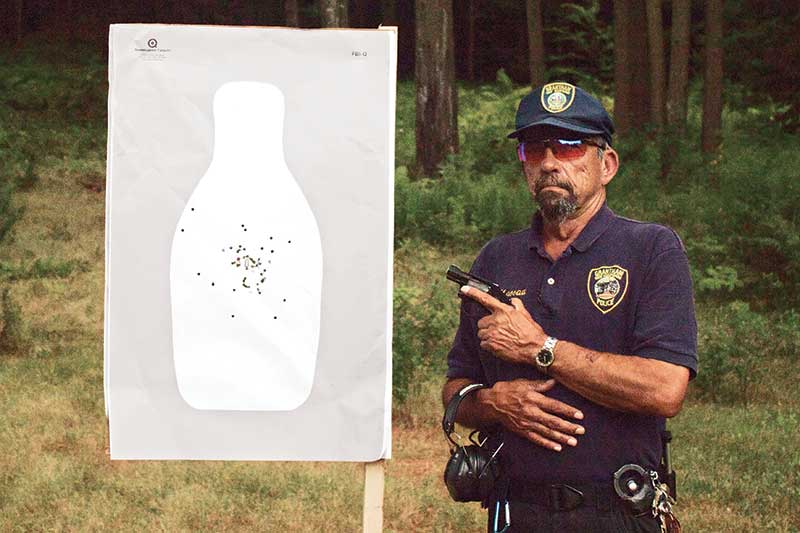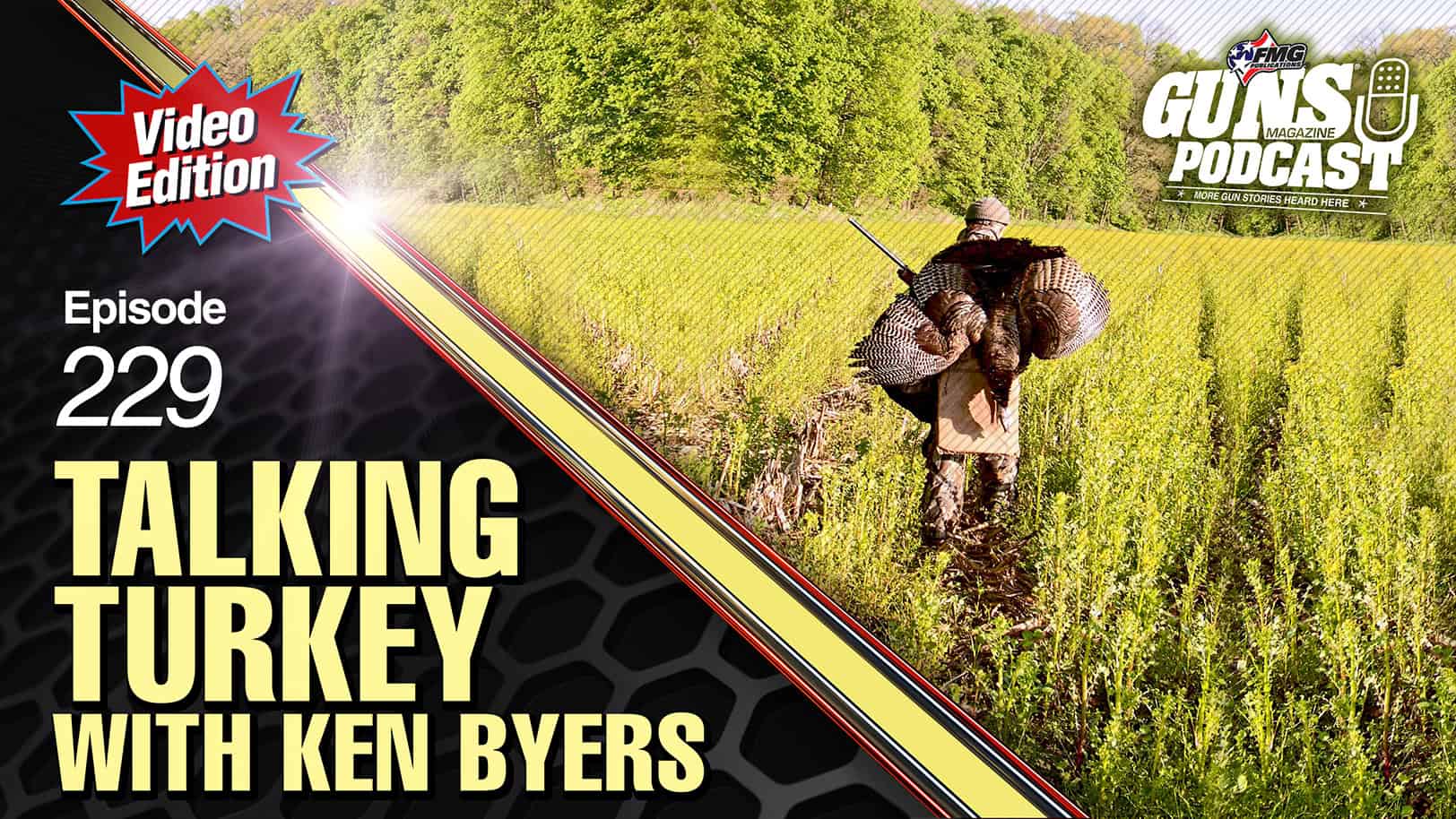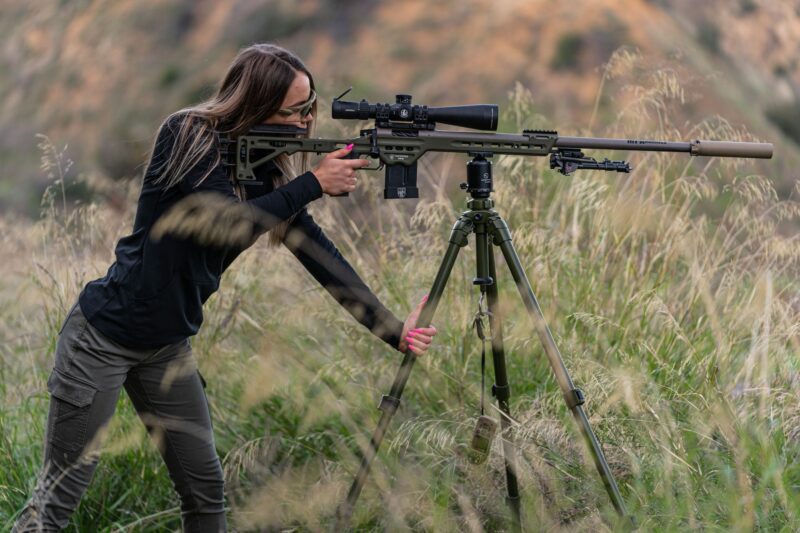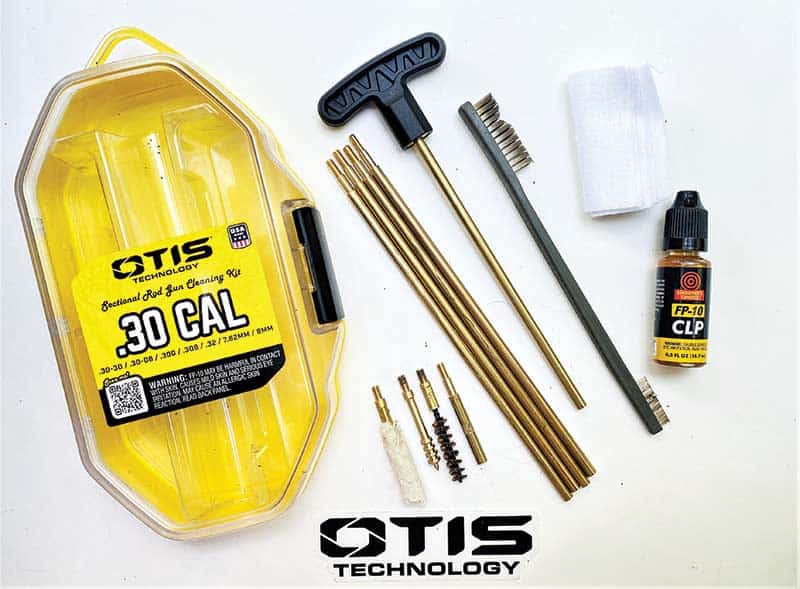Revolver Requiem?
Nope. The DA Wheelgun May Have Waned In Popularity,
But It Sure Ain’t Dead Yet!
When they first pinned a badge on me in 1972, the service revolver was the standard law enforcement sidearm, and most private citizens with licenses to carry wore a snubnose .38 Special. When I got permission from a benevolent and progressive chief named Maurice Boisvert to carry a Colt .45 auto in uniform instead of the department issue S&W Model 10 .38 revolver, some called me a radical, a maverick, and a gun nut.
It’s good to see an earlier decision vindicated. Today, a uniformed cop packing a wheelgun is seen as a stubborn old head or, God help us, quaint. The service auto had become dominant by 1990 and all but ubiquitous by the year 2000. Does that mean the revolver belongs in the museum instead of the working armory? Not hardly.
The Defensive Revolver Today
In my assignment as writer of the “Personal Defense Market” column for GUNS’ sister publication Shooting Industry, I regularly visit gun shops around the country and ask the proprietors what’s selling best. Polymer pistolas lead the list, of course, but supposedly “retro” 1911’s are still going strong, and lightweight snubnose revolvers are consistent, steady sellers in the armed citizen sector. Snub revolvers are still very strong in three law enforcement niches: off duty guns, carry guns for retirees, and—perhaps most strongly—as backup handguns.
Why are they still not only in production but in daily use? The legendary reliability of the double-action revolver is one reason. Carried in places that pick up lint—the pocket, and particularly, the ankle holster—a well-made revolver has a distinct advantage in terms of reliability. A J-Frame S&W or a little Ruger SP will shoot if the darn thing has dust bunnies in it, but there are some small autos that will choke when filled with that sort of fine grit. The shape of the revolver—particularly the “hammerless” or spurless hammer designs—slides more smoothly out of a pocket, allowing a faster draw than a similar-size auto.
Size notwithstanding, across the board revolvers are less dependent on lubrication and similar maintenance for their function than are auto pistols with their multiple, long-bearing surfaces. Nor are revolvers dependent on up-to-par magazine springs, bullet shapes, and power levels of ammunition for reliable cycling. New shooters and those with weak hands, chary of racking slides against strong springs, find revolvers easier and more forgiving in terms of such administrative handling as loading, unloading, and checking. You can clean a revolver pretty well without disassembling it. An autoloader? Not so much.
Part time as a cop, for decades I’ve spent most of my time as a firearms/deadly force instructor, and increasingly have classes where there isn’t a single revolver on the firing line. Most classes have one, two or three wheelguns, though, and I’ve seen an interesting thing in the last few years: there is a disproportionate likelihood the class’s Lone Wheelgunner will come out top shot. At a MAG-80 advanced class in the summer of 2016, the one student with a revolver out of two dozen won a tie-breaker to emerge as top shot in the aggregate of multiple double-speed qualifications. His was the most prosaic of sixguns, a 4-inch heavy barrel S&W Model 10. Congratulations again, CJ!
Shooters like CJ show the biggest strike against the revolver is not its relatively heavy double-action trigger pull. On the contrary, a smart, well-trained shooter will distribute the pressure on the trigger smoothly with any firearm, and I’ve said for decades that for this reason, the revolver fired double-action only will teach the auto shooter how to best run a shorter trigger pull. The low on-board round count is the biggest strike against the revolver, but that can be ameliorated to some degree by practicing speed reloading or “the New York Reload”—a second gun. In the heyday of the service revolver, cops in high crime cities were more likely than not to carry a second revolver, from NYPD to LAPD … and in Chicago and Detroit, many took advantage of their option to make their second handgun an autoloader.
Perspective
Long before in-gun round count decides things, other issues will be more important. Did you have a gun? A 5-shot J-Frame in hand when the big battle pistol is locked in the safe doesn’t need me to explain it. Did you see the danger coming in time to get your gun out before the other guy could deploy his weapon? A .38 snub in the hand beats a bigger gun in the holster in that respect. Did you make it clear to the opponent that if he didn’t stop, he was likely to die? And, if deterrence doesn’t work, were you able to put the bullets where needed fast enough to render the assailant incapable of killing you or other innocents? Only after those imperatives have been satisfied will it matter a rat’s patoot whether your gun held 5 rounds or 20.
I’ll never sneer at those who favor the revolver for self-defense; I’m partial to them myself, for backup. I’m certainly not ready to inter my revolvers in the gun safe and solemnly intone, Requiem aeternam dona eis, Domine (“Grant them eternal rest, O Lord”).

Get More Revolver Content Every Week!
Sign up for the Wheelgun Wednesday newsletter here:
